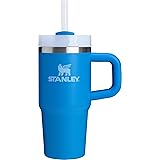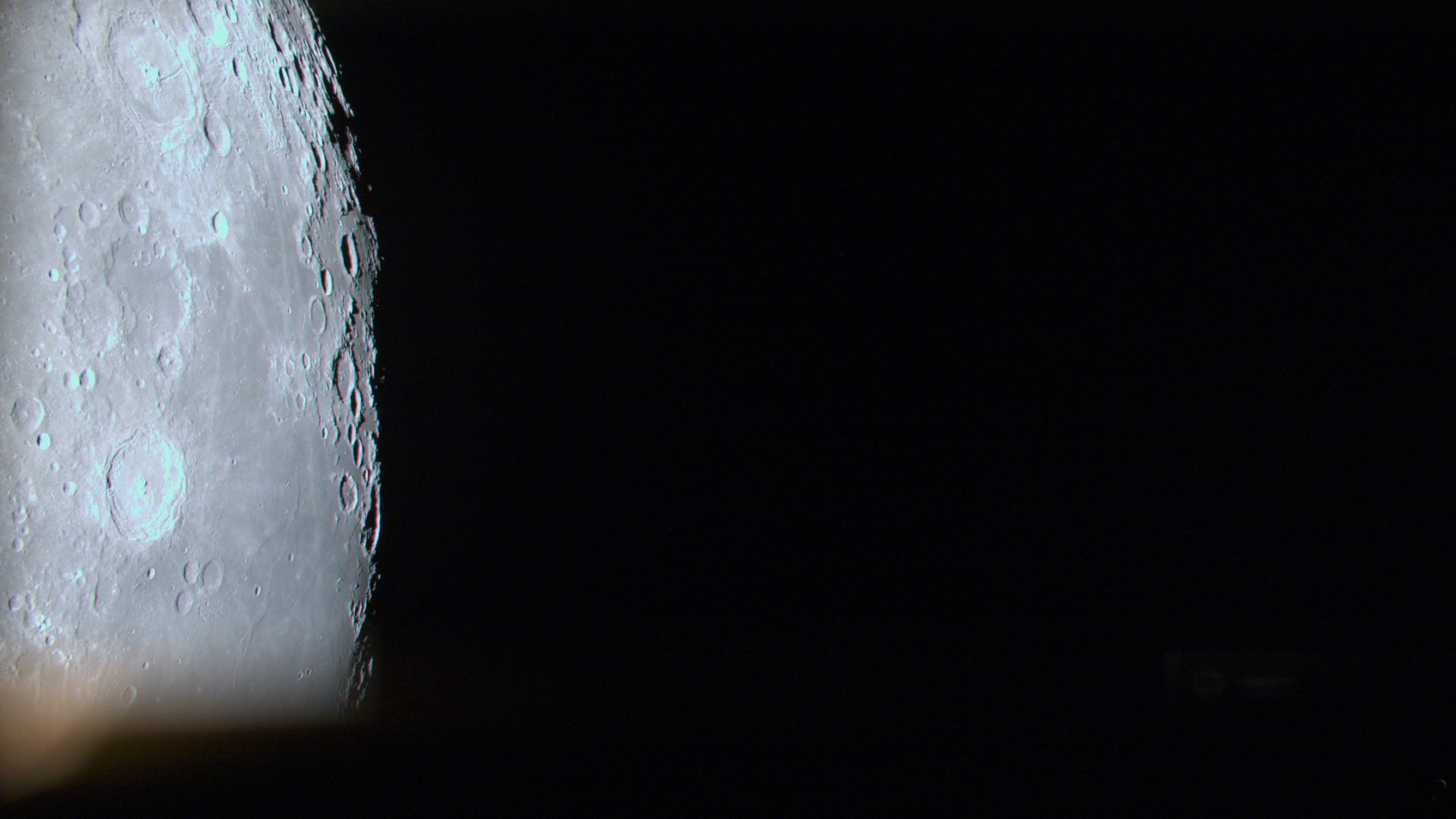Machines that can mate and produce offspring can help us clean up nuclear sites, explore asteroids and terraform distant planets – but could they prove a threat, asks Emma Hart, who is helping develop them
Technology
23 February 2022
By Emma Hart

Ruby Fresson
ROBOTS have come a long way in the century since Czech writer Karel Čapek used the word to describe artificial automata. Once largely confined to factories, they are now found everywhere from the military and medicine to education and underground rescue. People have created robots that can make art, plant trees, ride skateboards and explore the ocean’s depths. There seems no end to the variety of tasks we can design a machine to do.
But what if we don’t know exactly what our robot needs to be capable of? We might want it to clean up a nuclear accident where it is unsafe to …
Register for FREE to read this article in full
or
Subscribe for unlimited digital access
Subscribe now for unlimited access
App + Web

- Unlimited access to newscientist.com with over 30 years of archive content, 200+ science talks and weekly interactive Crosswords
- The New Scientist app including the current issue, back issues and all issues of New Scientist: The Collection
- Exclusive access to subscriber-only events
- 50+ new articles a week
- PLUS listen to audio versions of New Scientist
SUBSCRIBE AND SAVE
Print + App + Web

- Print edition delivered direct to your door each week
- Unlimited access to newscientist.com with over 30 years of archive content, 200+ science talks and weekly interactive Crosswords
- The New Scientist app including the current issue, back issues and all issues of New Scientist: The Collection
- Exclusive access to subscriber-only events
- 50+ new articles a week
- PLUS listen to audio versions of New Scientist
SUBSCRIBE
Existing subscribers, please log in with your email address to link your account access.
Paid quarterly
Inclusive of applicable taxes (VAT)
Note: This article have been indexed to our site. We do not claim legitimacy, ownership or copyright of any of the content above. To see the article at original source Click Here












